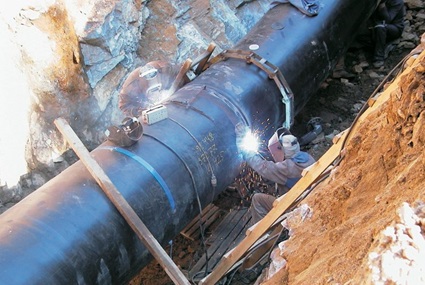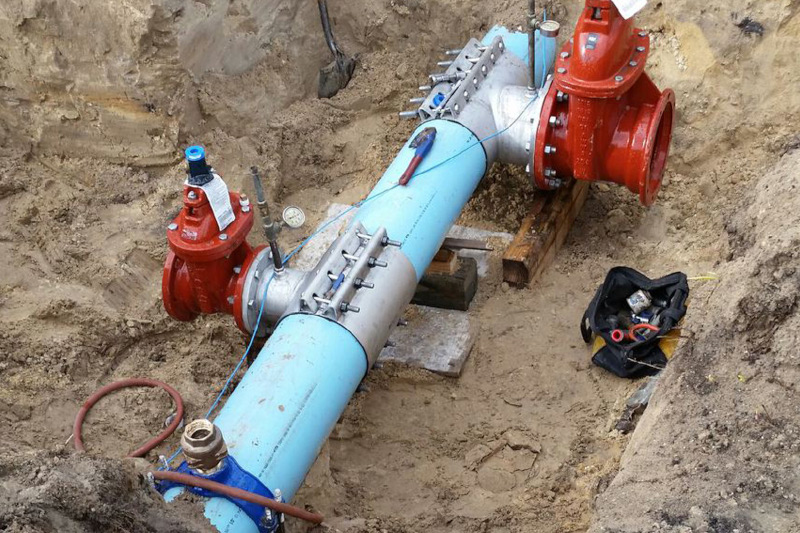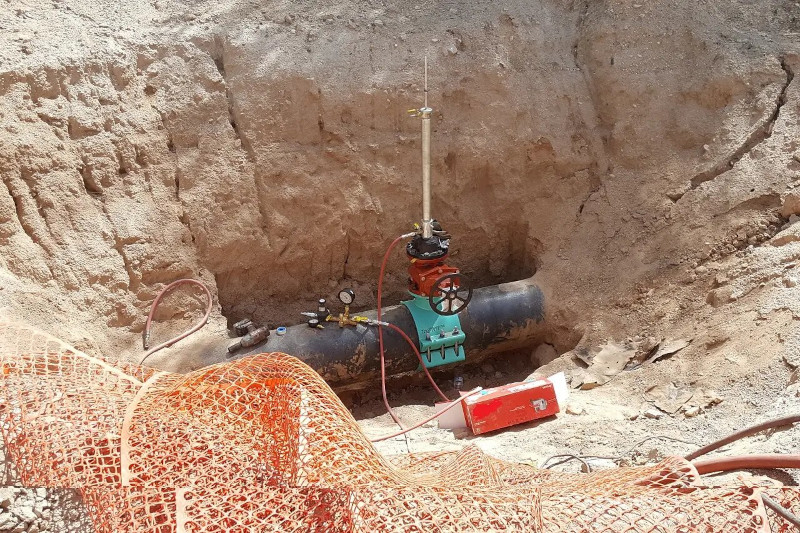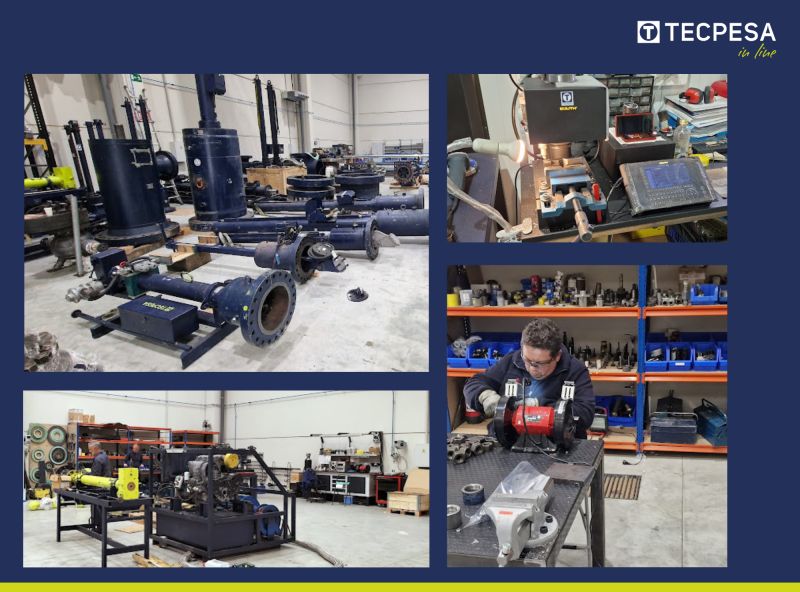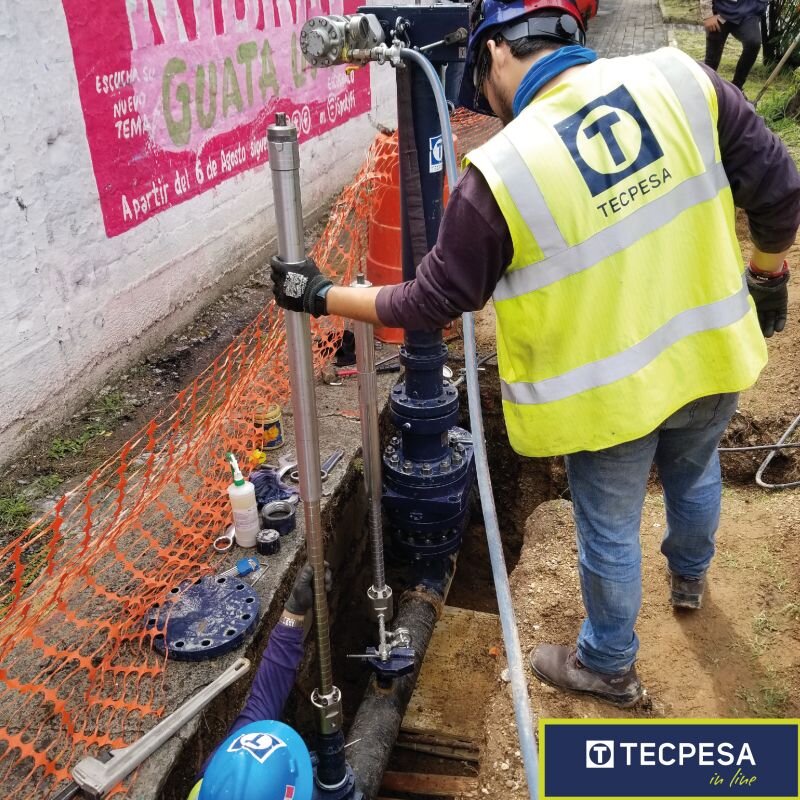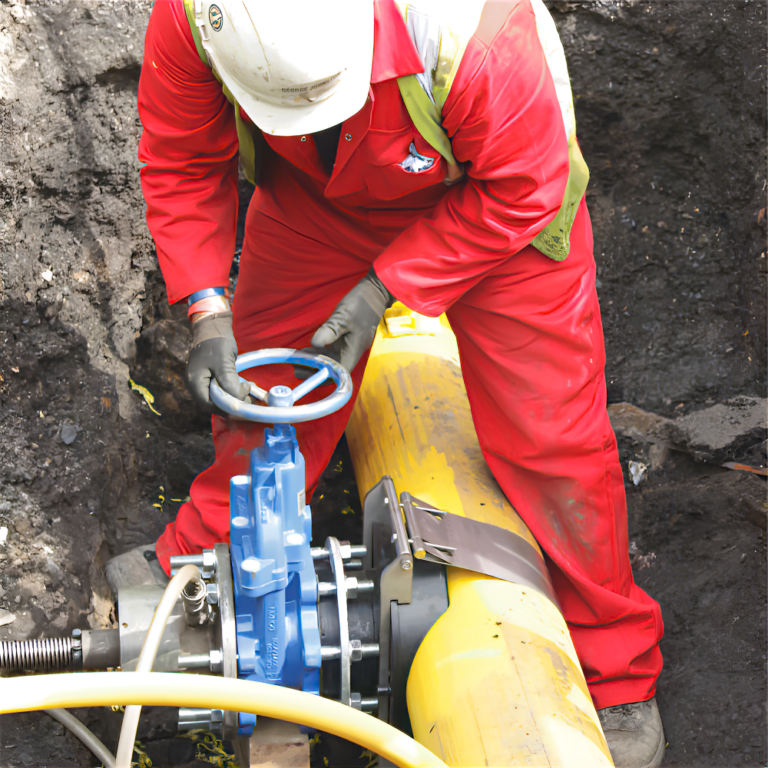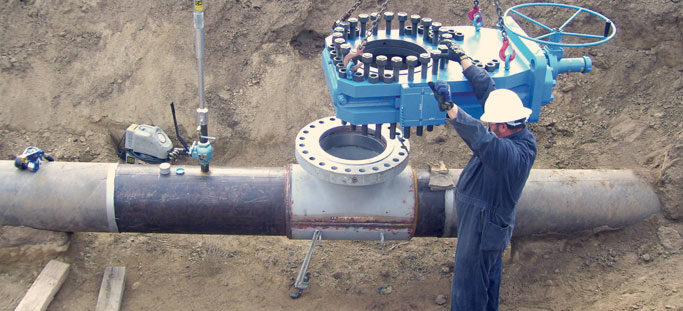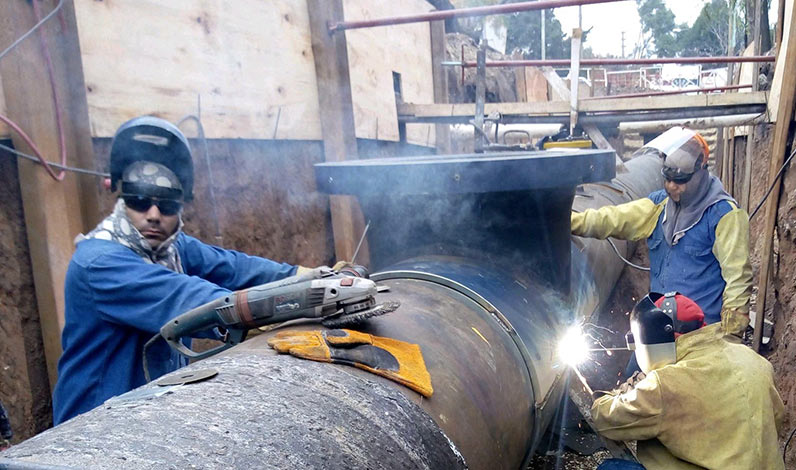What is a Stopple Used For?
Pipeline maintenance and repair is crucial to sustain performance. Now, there are many different components that are used for different pipeline maintenance tasks. One of them is the stopple. So what exactly is a stopple? Well, a “stopple” is a vital tool, especially when you are looking to manage flow within active systems without having to shut it down completely. In this article, we will learn about some of the other terms that are commonly associated with stopples. Namely, “hot tapping stopple,” “stopple plug,” “stopple bypass,” and “pipe stopple”. So, let us begin shall we? Hot Tapping Stopple: The First Stage of the Stopple Process Hot tapping, also known as pressure tapping, is the first step in most stopple procedures. It involves creating an access point on a live pipeline or pressure vessel. Hot tapping stopple process is done without interrupting the flow of the substance within. To do that, a hot tapping machine is used. This machine drills into the pipeline and installs a valve, making way for the insertion of the stopple equipment. What is a Stopple Plug? Now, we will talk about the stopple plug. This is one of the most common parts used in the process.. In fact, the terms stopple plug and stopple are often used interchangeably. Once the hot tap is complete, the stopple plug comes into play. The stopple plug is inserted through the hot tap and used to block or isolate a section of the pipeline. The stopple plug essentially acts as a temporary barrier within the pipeline and stops the flow. This makes it safe for workers to perform their tasks. Know About Stopple Bypass In some cases, simply blocking the flow with a stopple plug is not enough. In such cases, a stopple bypass is used which creates an alternative route for the flow to continue around the isolated section. This is done by installing bypass piping that diverts the flow around the area where maintenance or repair work is being conducted. What is Referred to as ‘Pipe Stopple’? The term “pipe stopple” basically refers to the entire process of hot tapping, inserting stopple plugs, and establishing bypasses. It includes the equipment and techniques used to isolate sections of pipelines for maintenance, repair, or modification. As you can see, a pipe stopple is an indispensable tool that is widely used in the pipeline industry. It is often oil and gas, water distribution, or chemical processing projects. At the Equip Up Store, we have a wide collection of high quality stopple components that guarantees safety and performance. Visit our online store to find out more.
What is a Stopple Used For? Read More »


